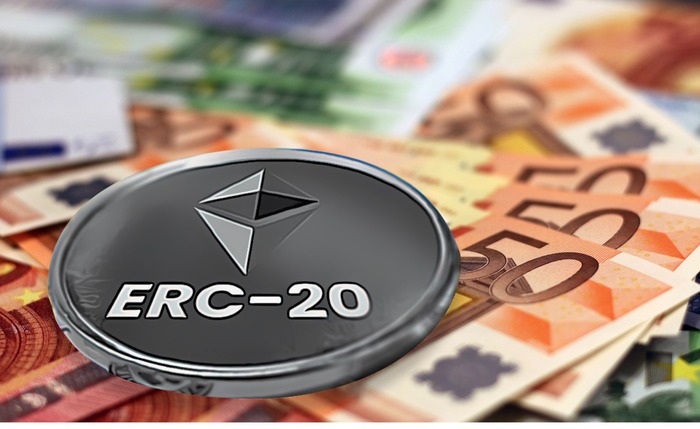In the descriptions of tokens, there are often references to the compliance of the asset with one or another standard. Hundreds of tokens have been created under the same standards and vice versa, some assets exist in several standards. First of all, this applies to stablecoins. For example, the largest stablecoin USDT is represented in all popular standards for fungible tokens: ERC-20, BEP-2, BEP-20, TRC-20, and TIP-3.
This means that assets operate on different networks and interact differently with each other or with other networks. swap BUSD to USDT BEP-20 is technically easier than moving USDT from the Binance Smart Chain network to the Tron network. In the first case, both tokens belong to the same standard, and the operation is performed on the basis of the same blockchain, while in the second case, cross-chain interaction mechanisms must be used.
Separate standards exist for NFTs, for example, ERC-721. Of course, they spelled out the requirements for the individuality of each unit and the rules for its formation.
So, a token standard is a scheme that regulates all aspects of the operation of an asset.
Why are token standards created?
Token standards solve some of the industry’s typical problems. Assets of the same standard have the same basic capabilities and can therefore interact seamlessly with each other.
Compatibility
All products created in accordance with the requirements of a particular standard will be compatible with all existing services, including wallets, already operating on the basis of the native blockchain. That is, ERC-20 assets are fully compatible with all products and platforms launched on the basis of Ethereum.
Without a single standard, trading would be extremely difficult, and a separate wallet would have to be created for each token.
Connectivity
Within a linkable system, existing components can be reused to create new products, including tokens. This saves time on the development of basic functions and leaves more resources for finding and implementing more advanced experimental solutions.
Efficiency
Standardization of tokens is very important for the interaction between smart contracts. The ERC-20 and BEP-20 standards provide a number of features that enable efficient tracking of tokens, including balance display and address lookup, which are essential for the functioning of smart contracts.
Popular token standards
The very first, most famous, and most widespread standard is ERC-20, created in 2015. Vitalik Buterin and programmer Fabian Vogelsteller unified the issuance of tokens within the same network for the first time. Prior to that, a new code was developed for each coin, and many technically incompatible assets circulating on the market. The unification greatly simplified the organization of asset storage, it became possible to store all ERC-20 tokens in one wallet.
The universal instructions for assembling new coins naturally attracted the attention of developers. The number of Ethereum users began to grow too quickly and soon became critical for network capacity. Network congestion, transaction slowdowns, and high fees have become an Ethereum nightmare.
Of course, the problems of Blockchain #2 were quickly taken advantage of by competitors. After launching its own blockchain, Binance introduced its own BEP-2 and BEP-20 standards. A little later, the Tron project with TRC-20, which was created in the image and likeness, joined this worthy company. However, operations with TRC-20 tokens are faster and with lower commissions than on the Ethereum blockchain.
Tokens of different standards are not always compatible, to the point that some assets cannot be placed on the same platform at all. The UNI to BNB exchange rate is available for viewing on many crypto platforms. However, technically, trading this pair is not at all the same as the direct interaction of blockchains.


